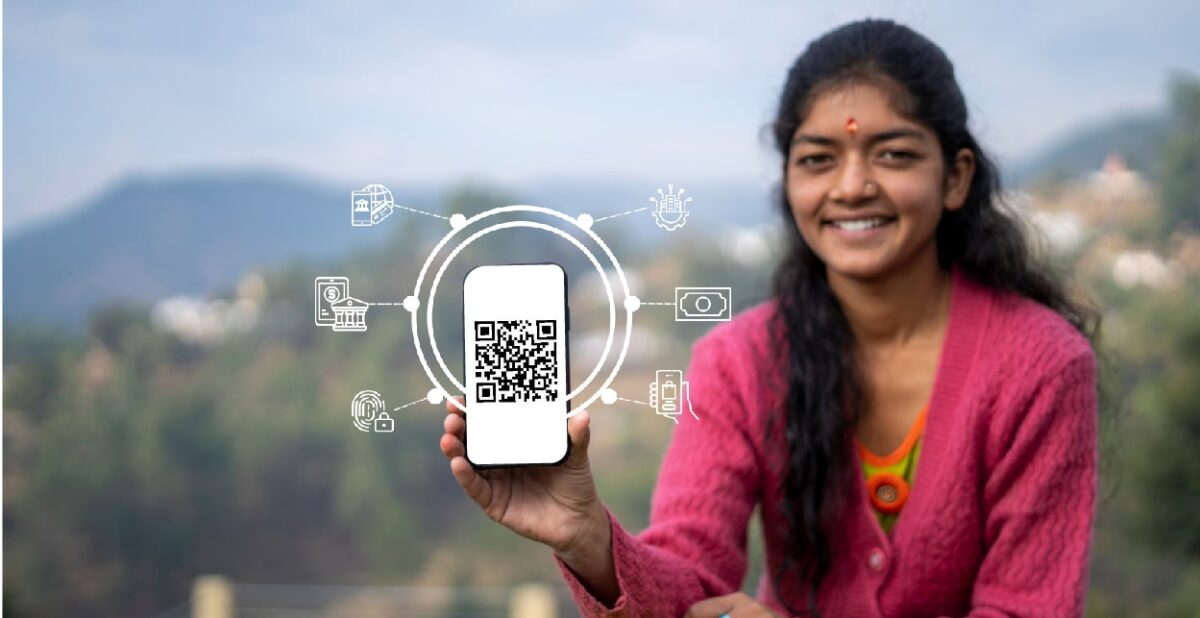Industry 4.0 is another term for being smart – being informed, enabled, connected, quick to identify/analyse and fast to respond. At its core, Industry 4.0 has three important aspects – data, technology and human capital. Together, these three aspects have created countless new opportunities, as well as challenges, for businesses and for their Human Resource (HR) functions.
Here are some insights into how the HR function has moved from traditional operating models. Today’s HR professionals are riding the crest and empowering industry to harmonise its business strategies with talent management.
Emerging HR Trends
An important HR trend is the focus on reskilling and upskilling of the workforce. As automation and digitisation have begun to augment many routine and manual tasks, HR has been enabling the workforce to acquire new skills and competencies that are relevant for new roles and tasks, created by Industry 4.0. HR teams are going all out to invest in continuous learning and development programs that help workers update their knowledge and skills and prepare them for the future of work.
Another emerging HR trend is its response to the shift from hierarchical to networked organisations. As Industry 4.0 entails more collaboration across different functions, locations and stakeholders, organisations are finding that they need to be more flexible and agile. This is where the HR function is proving invaluable, by fostering a culture of trust and empowerment, where employees can work autonomously or in teams, share ideas and feedback, and leverage their diverse perspectives and expertise. HR functions are redesigning the performance management and reward systems, to align with the networked organisation model and incentivise collaboration and invention.
A third HR trend that is making a definite imprint is the integration of human and machine intelligence. As modern technologies augment human capabilities and enable new forms of data analysis and decision making, organisations must leverage the strengths of both, humans and machines, to optimise their outcomes. HR has been instrumental in redefining roles and responsibilities within the organisation, ensuring that humans can focus on tasks that require creativity, empathy, and judgment, while machines can handle tasks that require speed, accuracy, and consistency.
HR Operating Models of the Future
A 2023 report by Gartner notes that HR operating models of the future will be characterised by increased agility, automation, and a focus on employee experience. It will be dominated by
- Digitalisation and automation of HR processes allowing for faster and more efficient workflows.
- Agile methodologies to respond quickly to changing business needs and practices that are aligned with business goals.
- Employee experience will be centre stage, with HR teams providing personalised support and services to employees.
- Data analytics will be increasingly used to make data-driven decisions, identify trends, and optimise people processes.
While there is no doubt that Industry 4.0 is reshaping the world of work, HR teams across the globe have risen to the challenge, embraced this change and reworked their strategies and practices accordingly.
This function which is pretty much the backbone of the industry has been helping organisations achieve competitive advantage and sustainable growth in the era of Industry 4.0.




